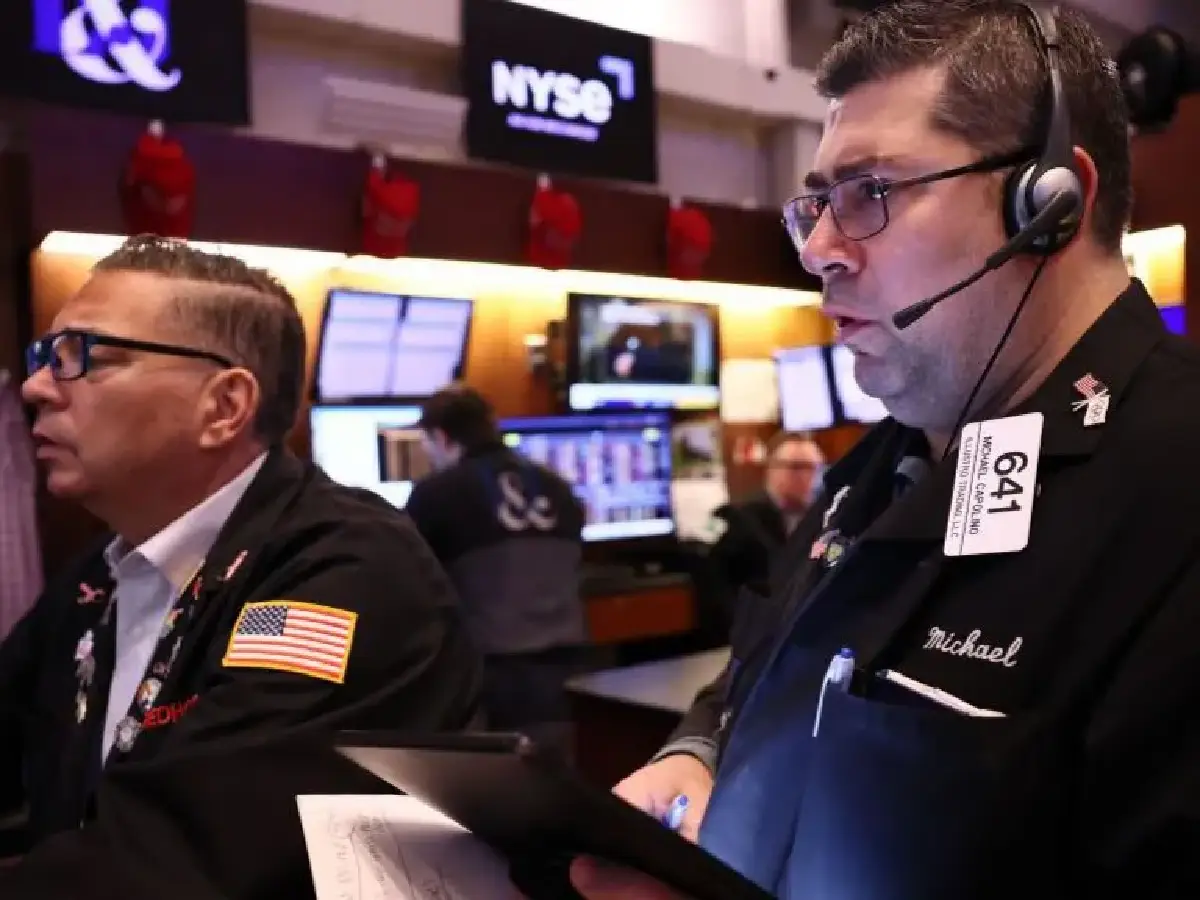Amid increasing concerns and debates surrounding President Trump’s trade agenda and the potential retaliatory measures by major trading partners, the U.S. labor market has exhibited an unexpected resilience, according to the latest job reports. However, the positive news was dampened by the looming anxiety over trade policies, which continue to dominate economic discussions and forecast uncertainties in global markets.
President Trump’s administration has been explicit about its approach to redefine America’s role in global trade, emphasizing the enforcement of policies that prioritize America first. The administration has implemented several controversial trade barriers, which include imposing high tariffs on imported goods from China, Europe, and other major trading partners. The move, described by the administration as a way to correct imbalanced trade relationships, has been met with criticism and corresponding retaliatory measures from affected countries.
The potential of a full-blown trade war has led to unease among investors and industry leaders, who warn of increased prices for consumers and disruptions in the global supply chain. This could potentially stifle economic growth and undermine the gains made in employment and market stability. Analysts have expressed concern that prolonged trade tensions could precipitate a global economic slowdown, counteracting any localized benefits in specific employment sectors.
Despite these looming threats, the U.S. labor market has shown surprising vigor. Recent reports highlight a robust addition of jobs, significantly surpassing economists’ forecasts. The unemployment rate continues to hover near historic lows, signaling a strong labor market that benefits various sectors. Notably, industries such as technology, healthcare, and construction have reported substantial growth, reflecting an expanding economy and increased consumer confidence.
Wages have also seen an uptick, suggesting that the labor market tightness is translating into tangible benefits for workers. This is a critical development for the Federal Reserve as it considers future interest rate hikes, balancing its dual mandate of controlling inflation while encouraging maximum employment.
However, the enthusiasm over these positive labor statistics is tempered by the recognition that trade policies can quickly alter the economic landscape. Companies in sectors like manufacturing and agriculture, already feeling the pinch from tariffs and the cost of imported goods, may face further hardships as other countries implement retaliatory tariffs on U.S. products. Such measures could lead to job losses in these sectors, potentially offsetting gains observed in other areas of the economy.
Looking ahead, all eyes will be on the unfolding trade negotiations and the potential for easing tensions between the U.S. and its trade partners. Success in reaching favorable trade agreements could bolster market confidence and stabilize the economic forecasts, which are currently fraught with uncertainties owing to the aggressive trade posture adopted by the current administration.
In summary, while the U.S. labor market remains a bright spot in the economy, delivering stronger-than-expected performance, it is clear that the shadow of trade policy disputes looms large. The future trajectory of the American and global economies will depend significantly on how these trade issues are navigated by the U.S. administration and its international counterparts. Stakeholders from all sectors will be watching closely, hoping that diplomatic channels can mitigate an escalating trade war that could potentially derail the current economic momentum.










